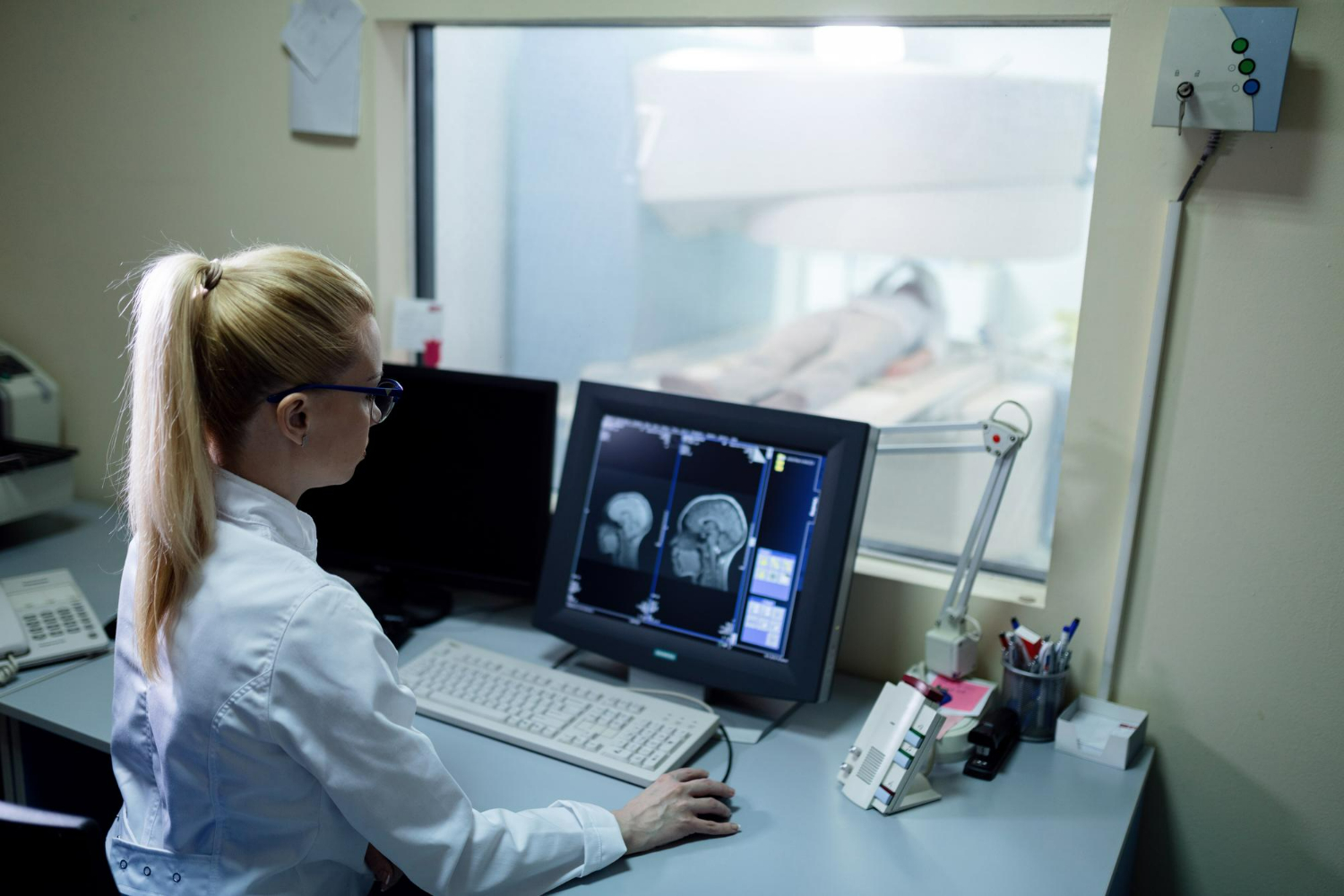Introduction
Blastomycosis, a fungal infection caused by Blastomyces dermatitidis, presents significant health risks to those exposed to its spores. Delving into its complexities is crucial to grasp its origins, clinical manifestations, and predisposing factors.
Causes of Blastomycosis
Fungal Pathogen: Blastomyces dermatitidis
Blastomycosis stems from exposure to the dimorphic fungus Blastomyces dermatitidis, typically found in moist, acidic soil enriched with organic matter.
Environmental Factors
Geographic Distribution
Endemic regions of Blastomycosis span North America, Africa, and Asia, with the highest incidence in specific areas of the United States.
Soil Characteristics
The fungus thrives in environments such as wooded areas, riverbanks, and lakeshores, characterized by soil with high organic content.
Transmission Routes
Inhalation of fungal spores suspended in the air poses the primary transmission route, especially during soil-disrupting activities or outdoor pursuits.
Symptoms of Blastomycosis
Respiratory Symptoms
Respiratory manifestations include a persistent cough and chest pain, indicating the invasion of the respiratory system by the fungal spores.
Systemic Symptoms
Fever and fatigue often accompany respiratory symptoms, reflecting the body’s immune response to the fungal infection.
Cutaneous Symptoms
In some cases, cutaneous symptoms such as skin lesions resembling warts or ulcers may develop, particularly in disseminated infections.
Risk Factors for Blastomycosis
Occupation
Individuals engaged in occupations involving soil exposure, such as construction workers or farmers, face heightened risks of blastomycosis.
Outdoor Activities
Outdoor enthusiasts participating in activities that disrupt soil, like hunting or camping, are at increased risk of exposure to Blastomyces dermatitidis spores.
Immunocompromised Individuals
Those with compromised immune systems, including individuals with HIV/AIDS or undergoing immunosuppressive therapy, are more susceptible to severe forms of the disease.
Diagnosis of Blastomycosis
Clinical Evaluation
Diagnostic efforts involve thorough clinical evaluation, including a detailed history of exposure and assessment of presenting symptoms.
Laboratory Tests
Microscopic examination and culture tests of clinical specimens aid in confirming the presence of Blastomyces dermatitidis.
Imaging Studies
Imaging studies such as chest X-rays or CT scans may reveal lung abnormalities indicative of blastomycosis.
Treatment of Blastomycosis
Antifungal Medications
Primary treatment involves antifungal medications, with azole agents being the mainstay of therapy.
Supportive Therapy
Supportive measures may be employed to manage symptoms and complications associated with blastomycosis.
Prevention Strategies
Avoiding High-Risk Areas
Awareness of high-risk areas and limiting exposure to environments conducive to fungal growth are essential preventive measures.
Personal Protective Measures
Implementing personal protective measures, such as wearing masks and gloves during outdoor activities, can reduce the risk of exposure.
Environmental Control Measures
Environmental control measures, including soil management and sanitation practices, can help mitigate the spread of Blastomyces dermatitidis spores.
Complications of Blastomycosis
Disseminated Infection
Complications such as disseminated infection or chronic pulmonary disease underscore the importance of early recognition and treatment.
Chronic Pulmonary Disease
Chronic pulmonary disease may develop in some individuals, necessitating ongoing management and monitoring.
Epidemiology of Blastomycosis
Incidence Rates
Understanding the incidence rates of blastomycosis helps guide public health initiatives and resource allocation efforts.
Geographic Distribution
Mapping the geographic distribution of blastomycosis cases aids in identifying endemic regions and targeting prevention strategies.
Demographic Patterns
Analyzing demographic patterns provides insights into the populations most affected by blastomycosis, informing targeted interventions.
Research and Future Directions
Advances in Diagnosis
Advancements in diagnostic techniques, such as molecular assays, hold promise for improving the early detection of blastomycosis.
Development of Vaccines
Research into vaccine development aims to prevent blastomycosis and reduce the burden of disease in endemic regions.
Public Health Initiatives
Public health initiatives focused on education, awareness, and surveillance play a crucial role in preventing and controlling blastomycosis.
Conclusion
Understanding blastomycosis in its entirety is crucial for mitigating its impact on public health. By unraveling its causes, symptoms, and risk factors, healthcare professionals can enhance their ability to diagnose, treat, and prevent this potentially debilitating fungal infection.



















